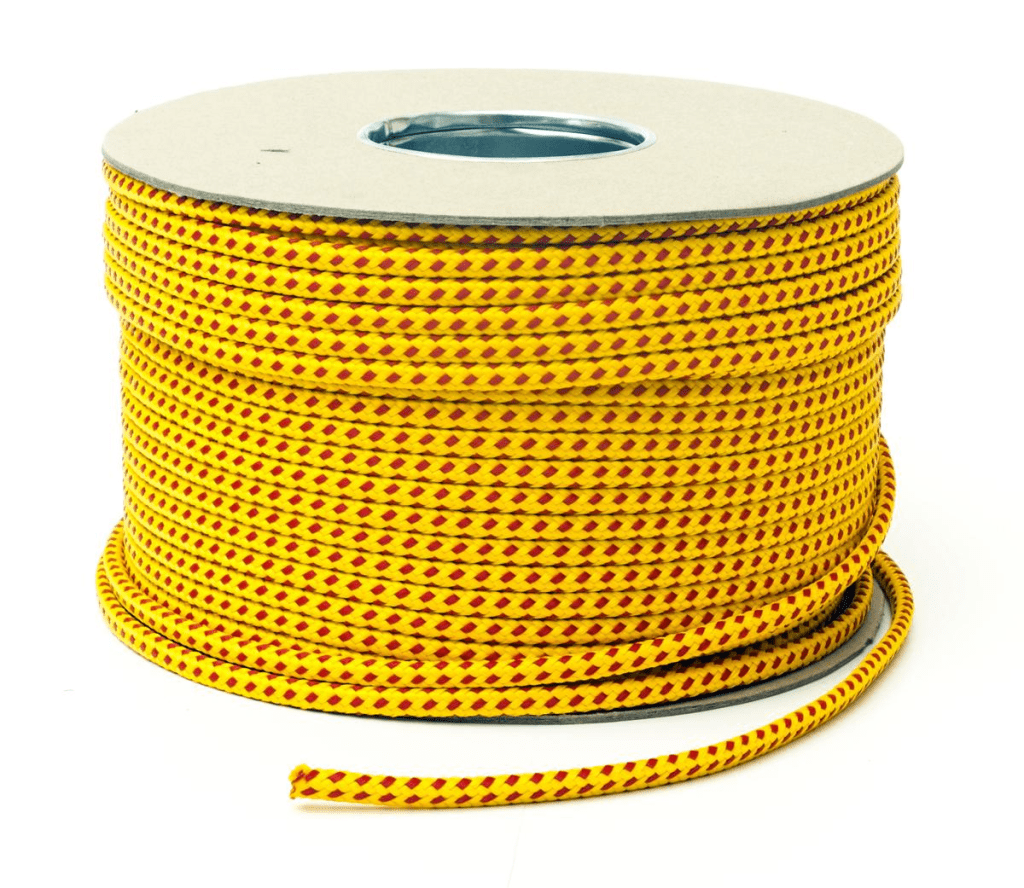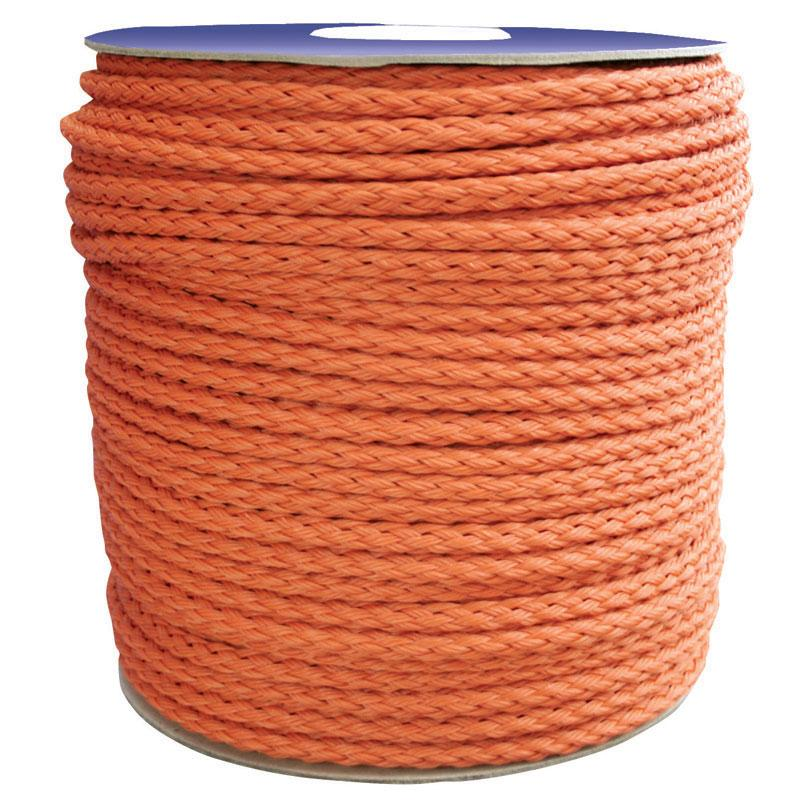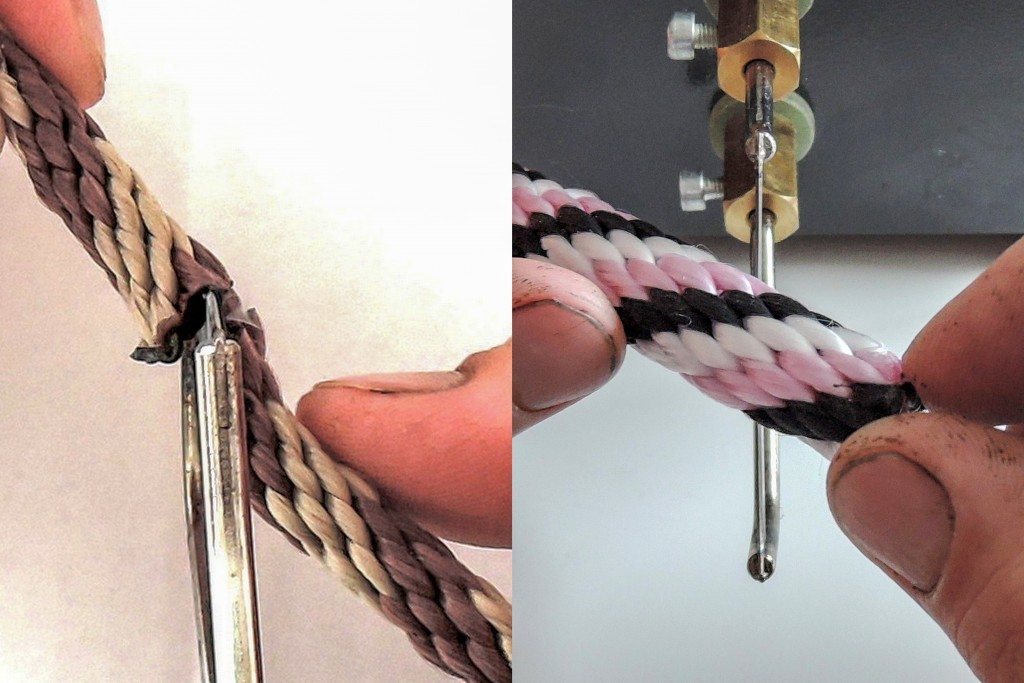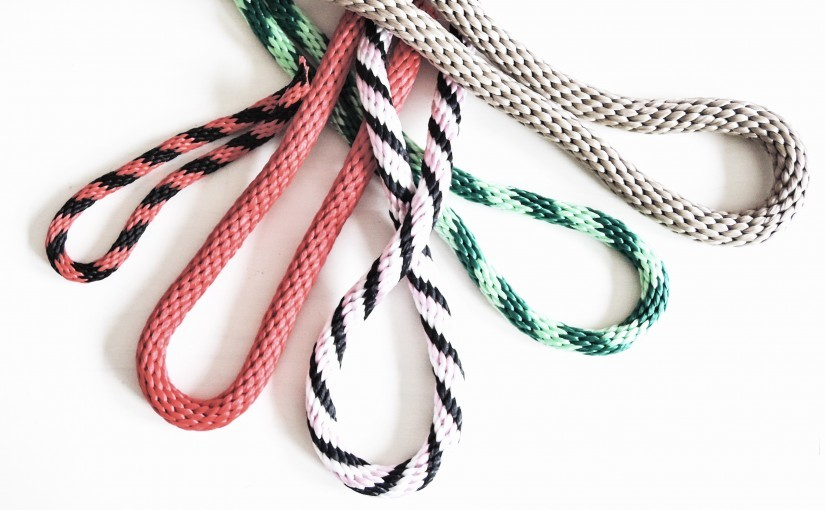Of all the various manmade ropes, polypropylene rope is likely the right rope due to its common use and efficiency. It is usually used in different industries and is liked for its strength and long service life. It doesn’t matter whether you are a construction firm, a marine service representative, or any other organization that expects both quality and economy on your products, polypropylene rope knowledge is a must. Throughout this article, we will discuss the 6 essential things to know about polypropylene rope.
Is polypropylene rope stretchable?
Indeed, polypropylene stretches but not like nylon or other elastic materials do. Polypropylene usually strains up to 18-22% before it breaks. it stretches less than nylon rope which can stretch 15-30%.

Polypropylene is well-liked and inexpensive mainly due to its capacity to stretch. Since it has less elasticity than nylon, it can assimilate and transfer less energy when stretched.
When it comes to extension and energy transfer applications such as vehicle recovery, nylon kinetic ropes are preferable over polypropylene because of their higher stretch property.
Does Polypropylene Rope Float?
A polypropylene rope floats on water, as opposed to nylon and polyester, which sink immediately. This feature of floatation makes polypropylene an ideal choice for aquatic and marine applications where the line must be kept at the surface.
It can be used as mooring lines, safety lines, and painter lines for boats and small craft. Nets and traps can also be made with it. A combination of floatation, lightness, and strong colors increases your visibility and the handling of water for water-based actions

Whether it is a boat’s safety, creating an aquatic boundary, or a highly visible safety rope, polypropylene ropes stands out because it can float, making it an ideal alternative to sinking lines in cases where floating is desirable.
How To Cut Polypropylene Rope?
Here are some steps for cutting polypropylene ropes.
Collect supplies
Collect the required tools for cutting the right rope – a sharp knife or a hot knife, as well as electrical tape if you are using a standard knife. Scissors can result in fraying the edge, so they are not the best choice.
Prepare the Rope
Then, pick out the part of the rope that you want to cut through and make sure that this area is not in a worn or tattered section.
Tape the Cut Point (for Standard Knife)
If using a standard knife, wrap the rope tightly 3-4 times with electrical tape at the cut point, slightly overlapping each layer. This will prevent tearing after cutting.

Make the Cut
The rope being held firmly with one hand, cut through the middle of the taped section using a knife. A hot knife can also be used which will make the ends melt and seal them to prevent fraying.
In case you do not use the tape, you need to melt the cut end with a lighter or a hot knife after cutting with a standard knife to make it seal and prevent unraveling.
Angled Cuts
For angled cuts between 45-55 degrees, hold the rope with both hands and make a slicing motion from the thicker side to the thinner side with moderate pressure.
Cutting Speed
Keep the cutting speed – too slow can lead to excessive melting/overflow, and too fast may cause the ends to split. In time, you will become proficient in making a tidy, neat, smooth-cut edge.
Prevent Fraying
By following this sequence, you can tidily and safely cut the polypropylene rope to the exact length you desire and avoid fraying and tearing of the material.
Having the right stuff, making the rope well, using tape or a hot knife, and working out the right cutting technique will help you to cut polypropylene rope without a mess every time.
How Do You Splice Polypropylene Rope?
Polypropylene rope is slick and slippery, which makes it difficult to splice. A regular splice may not be as strong. However, you can try a few techniques
1. Fuse the strands by melting them with a hot knife or flame as you splice them. The polypropylene that is melted will help the splice stick together.
2. Use a powerful adhesive such as cyanoacrylate (super glue) to splice and weave the strands while doing so. This may lead to a better grip on the splice joint.
3. One option is to go with a mechanical splice like an aluminum or plastic tube that is made for polypropylene ropes.
The process of splicing polypropylene rope is not that easy as it needs experimentation and the right techniques, but once you get the hang of it, it is not much of a problem.
How To Seal The End Of Polypropylene Rope?
The qualified method is to use heat to seal the end of a polypropylene rope and avoid unraveling. Use a hot knife or open flame to first melt the rope fibers at the cut end. This operation will bond the fibers together and constitute a bead-shaped hardened tip.
Alternatively, running tape around the rope at the desired cut point very tightly and then cutting a clean cut through the tape followed by a brief heat melt of the exposed end, with the tape removed, is also an option.
Do not overheat and weaken the rope to the point that you lose its strength. But, a few attempts can make melting the ends of polypropylene rope a perfect way of sealing.
Polypropylene Rope: What Is It Used For?

Here are some of the common uses of polypropylene rope.
Marine applications – The ability of polypropylene to float and resist moisture makes it the right rope for anchor lines, mooring lines, fish nets, and painter lines for small boats. It becomes more visible in water due to the use of bright colors.
Agriculture – The rope’s lightness, affordability, and protection against rot and abrasion make it a favorite among crop growers and people who bale hay/ straw and secure shipments.
The construction and engineering– The polypropylene is strong enough for safety nets, pulleys, and soil reinforcement applications. Its resistance to rot in these circumstances is a plus in exterior construction projects.
Outdoor recreation – The light weight of polypropylene is appreciated by rock climbers, while the float abilities have water sports tow ropes useful. The line can be used for a few additional purposes such as laundry. Utility and camping are also some of them.
• Pet products – The rope’s persistence and slipperiness allow it to be used for pet leashes, tie-outs, and other animal restraint purposes.
• General purpose – Polypropylene’s diverse properties, strong-to-heavy ratio, and less expensive nature make it appropriate for utility, house, and DIY appliances where minimally priced multi-purpose rope is needed.
Conclusion
Polypropylene rope is the right rope; it’s a flexible and powerful material with lots of uses in several industries like marine and construction. Its strength, buoyancy, and affordability are a few reasons why it is a must-have for many tasks. If you want a high-quality polypropylene rope, go to Thispower to have reliable products that meet your requirements.
